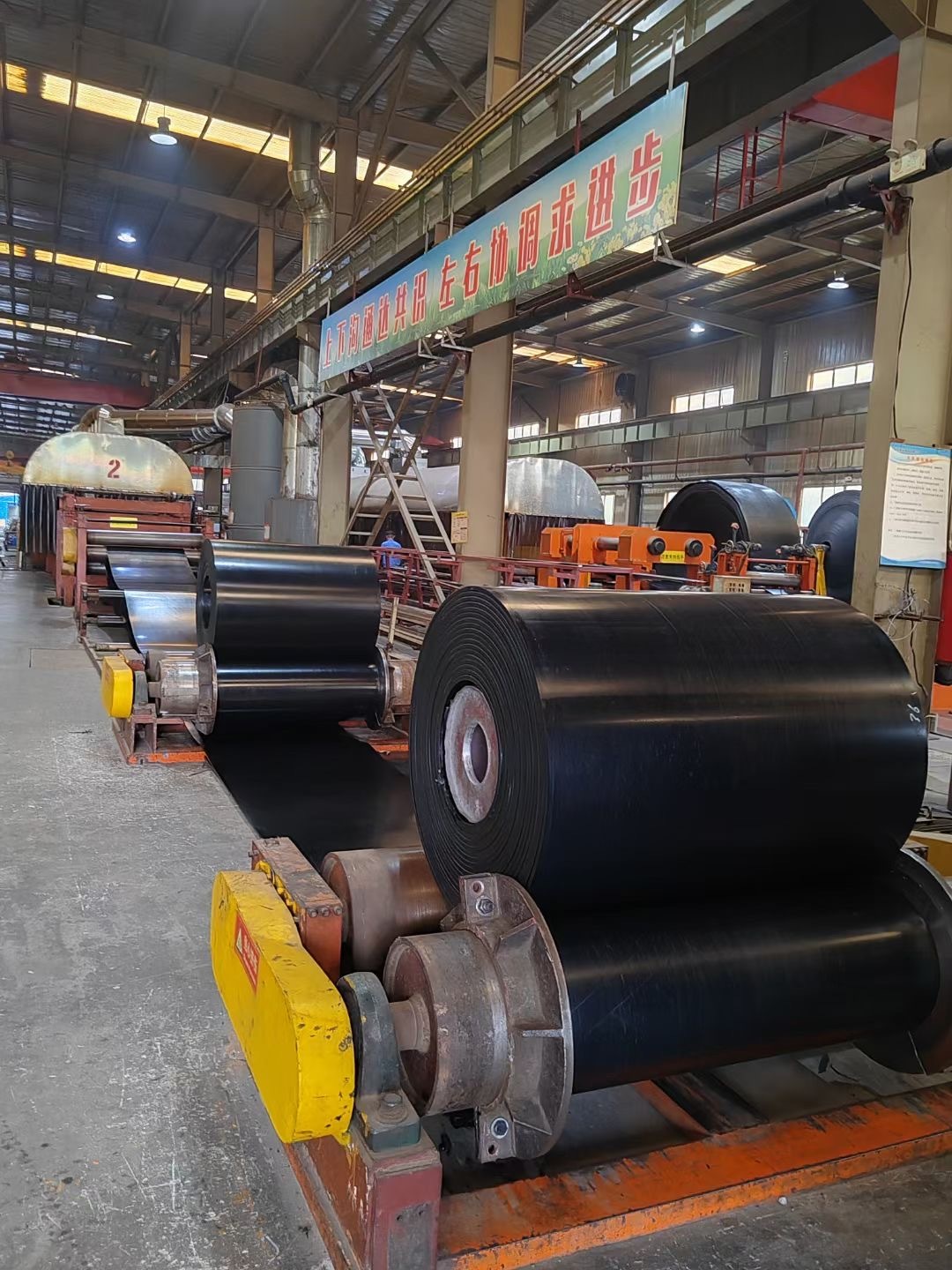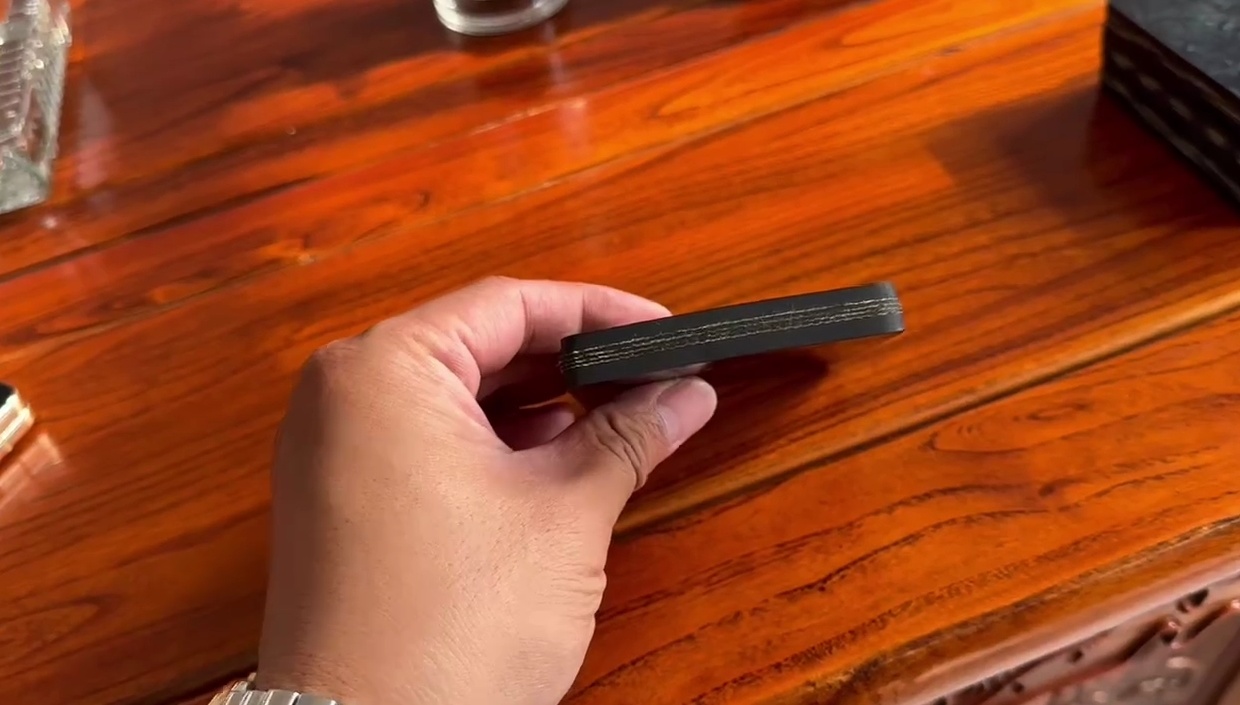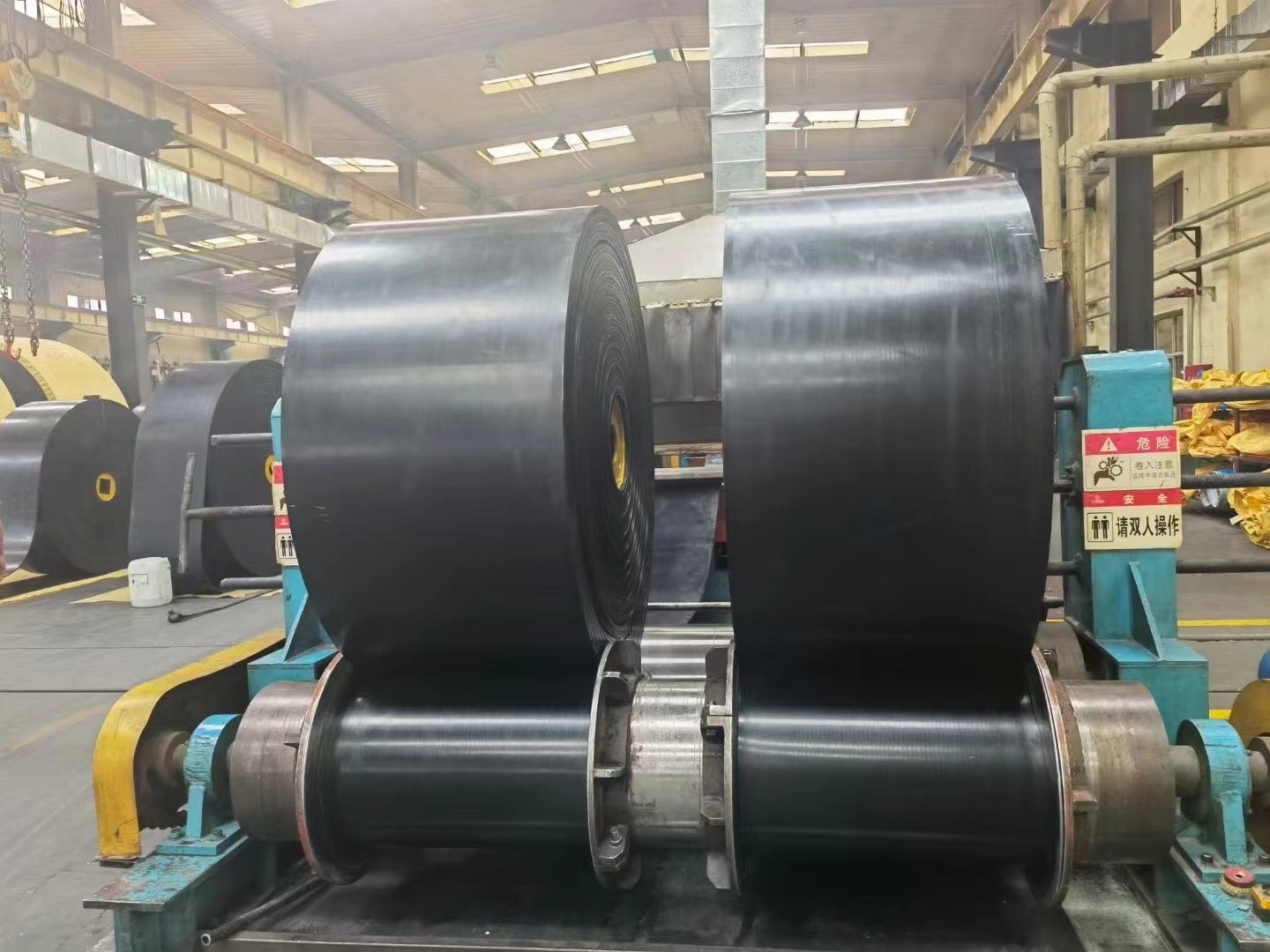Baoding Fangnuo Rubber Products Manufacturing Co., Ltd.
-
-
Fabric core conveyor belt series
-
High wear-resistant energy-saving conveyor belt
-
(EP) Polyester conveyor belt
-
Nylon conveyor belt
-
Chevron conveyor belt
-
Ring conveyor belt
-
Super wear-resistant conveyor belt
-
Food and agriculture non-slip conveyor belt
-
Impact-resistant and tear-resistant steel mesh conveyor belt
-
Cut edge conveyor belt
-
Extra-wide conveyor belt
View More -
-
-
Special conveyor belt series
-
Steel cord conveyor belt
-
Vacuum filter conveyor belt
-
High-angle bucket elevator belt
-
Corrugated sidewall conveyor belt
-
Rubber sheet/rubber block/rubber pad
-
Aramid conveyor belt
-
SW conveyor belt (warp)
-
Backless/backless conveyor belt
-
Food-grade white conveyor belt
View More -
-
-
Overview of the manufacturing process of ep fabric conveyor belt
Release time:
2025-07-05 10:00
The manufacturing of ep fabric conveyor belt is a complex process involving multiple processes.
1. Raw material preparation
The first is the selection of EP fabric. EP fabric is polyester-polyamide fabric, which has good strength, wear resistance and fatigue resistance. When selecting, the quality of the fabric should be strictly controlled, including the strength, fineness, twist and other indicators of the fiber. At the same time, it is also necessary to prepare covering rubber materials such as rubber or plastic, which will provide good friction, corrosion resistance and other properties for the conveyor belt.

2. Fabric treatment
Pretreatment of EP fabric is an important part of the manufacturing process. This includes cleaning and drying the fabric to ensure that there are no impurities, oil stains, etc. on the surface of the fabric, so as to enhance the adhesion with the covering rubber. Sometimes it is also necessary to impregnate the fabric, such as impregnating special adhesives or treatment agents, to improve the performance of the fabric and prepare for the subsequent coating process.
3. Coating process
Coating is to evenly coat the prepared covering rubber material on the EP fabric. Common coating methods include extrusion coating and calendering coating. Extrusion coating is to extrude the rubber material and attach it to the fabric through an extruder. This method can accurately control the thickness of the rubber layer. Calendering rubber coating uses a calender to calender the rubber into a thin film, and then fits it with the fabric. It can achieve the compounding of multiple layers of fabric and rubber, making the structure of the conveyor belt more stable.
4. Vulcanization treatment
The conveyor belt after rubber coating needs to be vulcanized. The vulcanization process is to make rubber or plastic undergo cross-linking reaction under high temperature and high pressure conditions, thereby improving the strength, elasticity and wear resistance of the conveyor belt. Parameters such as vulcanization temperature, pressure and time need to be precisely controlled according to the specific formula and structure of the conveyor belt to ensure the best vulcanization effect.
5. Post-processing process
The vulcanized conveyor belt may also need some post-processing processes, such as cutting into suitable sizes and edge processing to ensure that the conveyor belt has a smooth appearance and accurate size to meet different usage requirements. Through this series of rigorous manufacturing processes, ep fabric conveyor belt can be produced and applied in various fields.
ep fabric conveyor belt
Next article
Latest News
Product
About Us
We specialize in producing heavy-duty EP nylon conveyor belts, steel cord conveyor belts, corrugated rib conveyor belts, bucket elevator conveyor belts, herringbone conveyor belts, ring conveyor belts, etc. As a Chinese conveyor belt manufacturer, supplier and exporter, we focus on providing customers with high-quality conveyor belts and better services.
Baoding Fangnuo Rubber Products Manufacturing Co., Ltd.
Copyright Baoding Fangnuo Rubber Products Manufacturing Co., Ltd., All rights reserved













